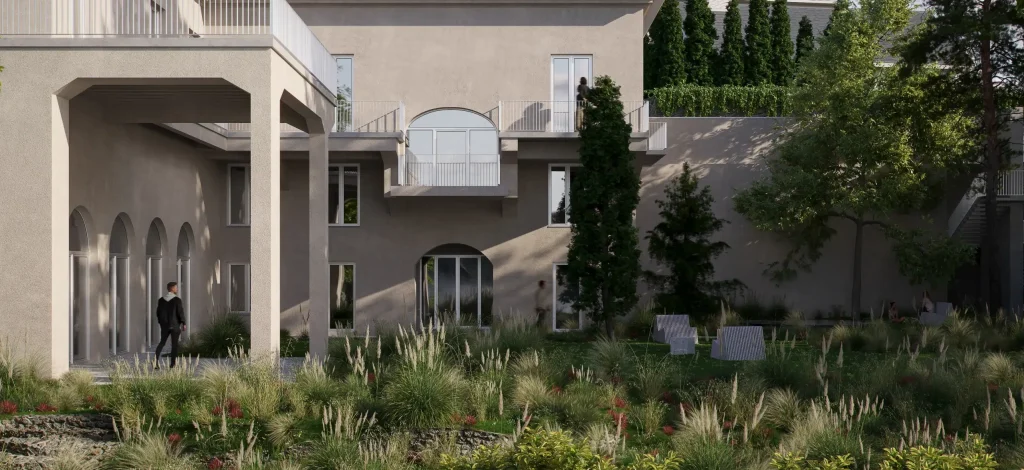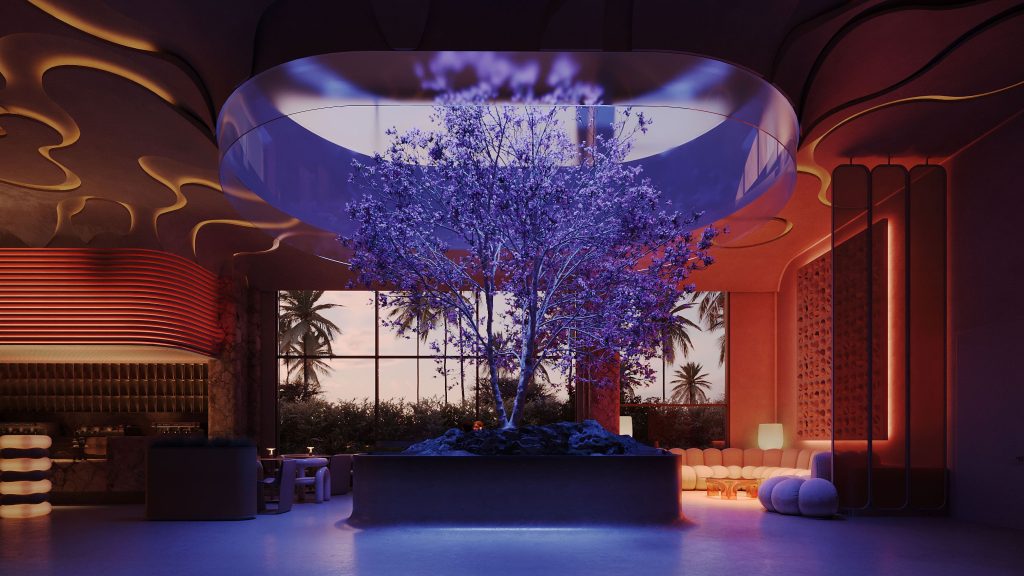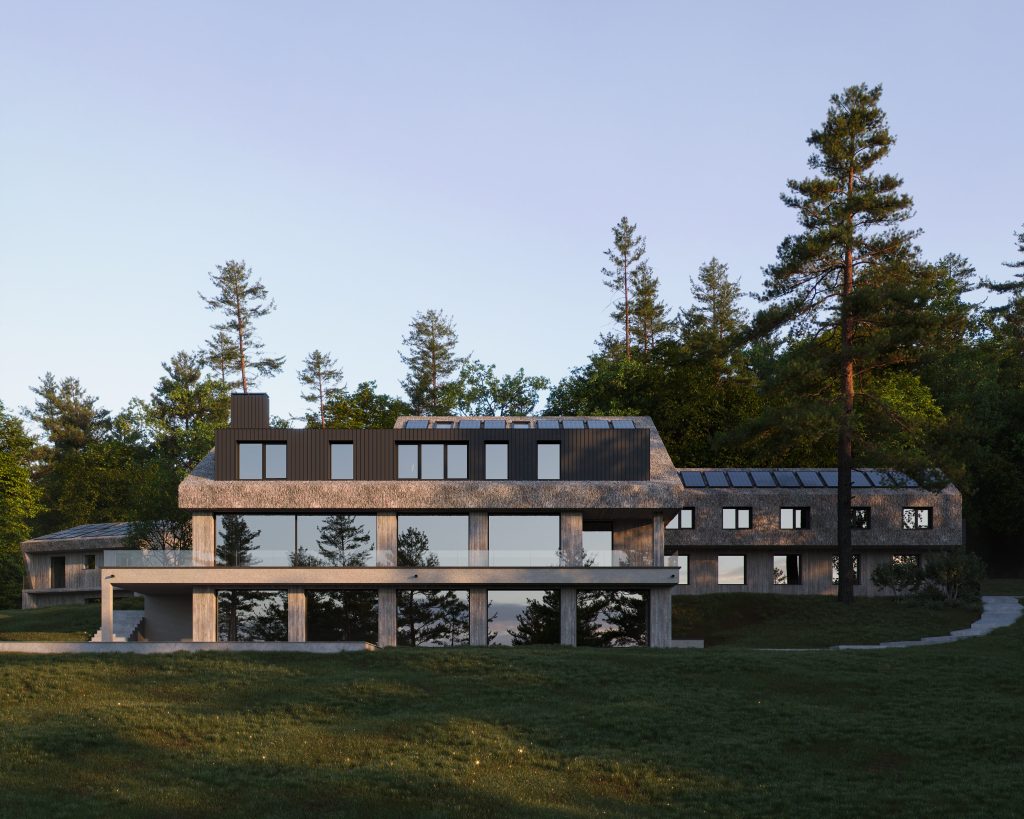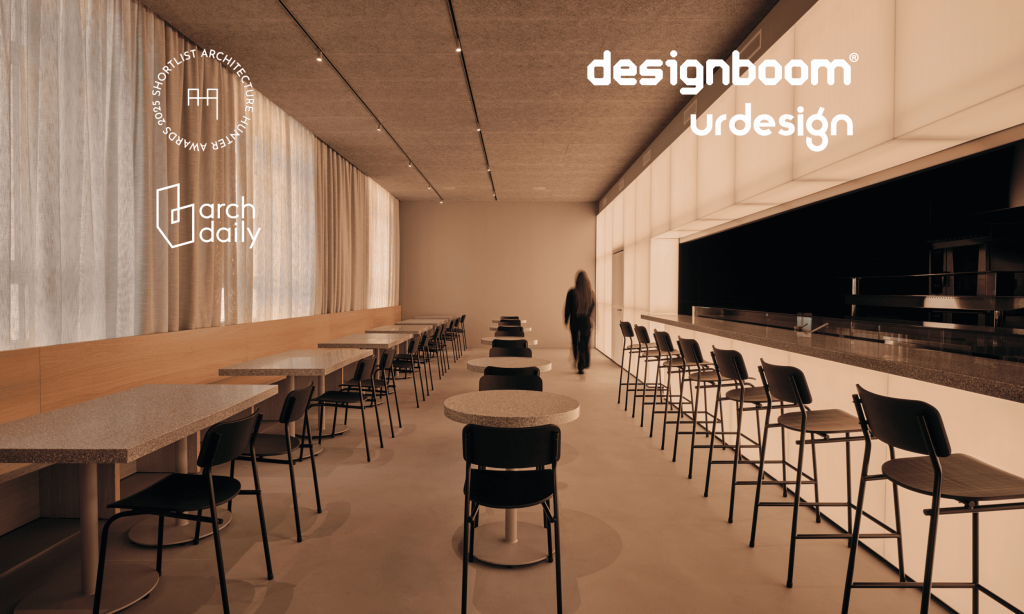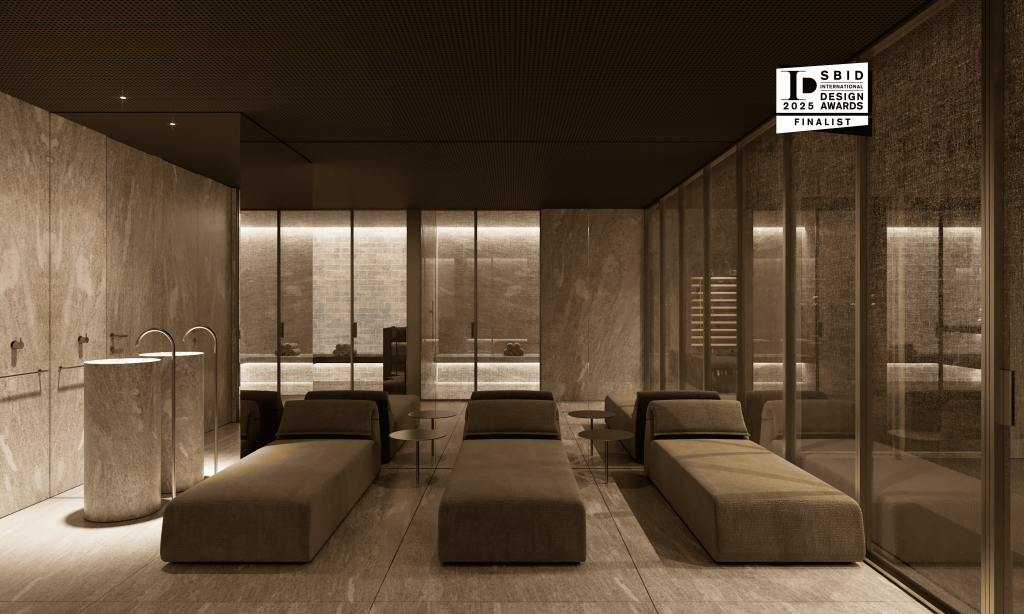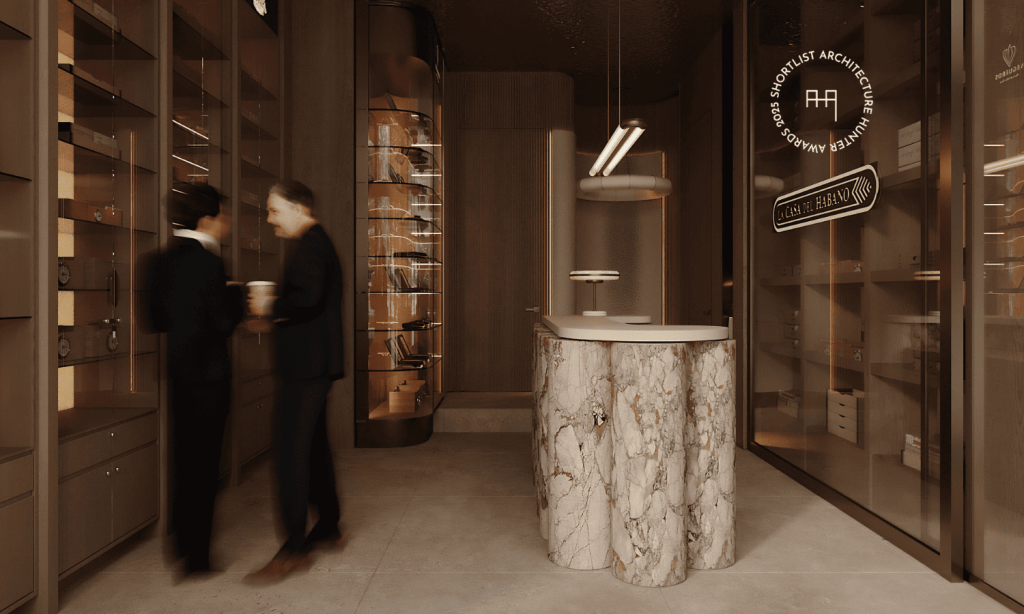The Importance of Ergonomics in Construction and Design

Ergonomics is the science that studies the interaction between humans and their environment, including objects, spaces, and systems. In construction and design, its main objective is to create comfortable, safe, and efficient conditions for people to live and work. In modern projects, ergonomics has become an integral part of the process, influencing planning, material selection, architectural solutions, and interior arrangements of buildings.
Why Is Ergonomics Important?
Ergonomics plays a key role in creating spaces that meet the physiological, psychological, and social needs of individuals. Here are the main reasons why its application is essential in construction:
- Comfort and functionality. Ergonomic spaces ensure ease of use and minimize physical strain. This is especially important for residential areas, offices, medical facilities, and industrial sites.
- Safety. Proper placement of interior elements, optimal surface heights, and adequate lighting help prevent accidents.
- Increased productivity. In workspaces, ergonomics reduces fatigue and stress, directly affecting work efficiency.
- Health and well-being. Ergonomic solutions help prevent musculoskeletal disorders, vision problems, and other negative effects caused by poorly designed spaces.
- Economic benefits. Implementing ergonomic solutions minimizes costs associated with repairs, workspace reorganizations, and treatment of occupational illnesses, leading to long-term savings.

Principles of Ergonomics in Construction
When designing buildings and interiors, it is essential to consider the following key principles:
- User adaptation. Spaces should be designed to accommodate the height, weight, age, and physiological characteristics of users.
- Space Optimization: Maximizing usable areas without compromising comfort. For example, in residential spaces, this is achieved through efficient layouts of kitchens, bathrooms, and bedrooms.
- Accessibility: Special attention is given to people with limited mobility by incorporating ramps, elevators, handrails, and other features.
- Aesthetics and Psychology: Color schemes, lighting, and material textures should create a positive atmosphere to enhance mood and emotional well-being.
- Load Resistance: Furniture, equipment, and finishing materials must be designed to withstand expected physical and operational loads.
Ergonomics in Commercial and Public Spaces
Offices, shops, schools, and medical facilities are spaces where ergonomics impacts user productivity and satisfaction.
- Offices. Ergonomic workstations with adjustable furniture, proper lighting, and noise reduction help employees focus and avoid fatigue.
- Schools. Comfortable desks and chairs promote student concentration and prevent posture problems.
- Shops. Ergonomics affects the placement of shelves and cash registers, making the shopping process convenient for both customers and staff.
- Medical facilities. Thoughtful equipment placement and ergonomic conditions for doctors and patients enhance treatment efficiency.
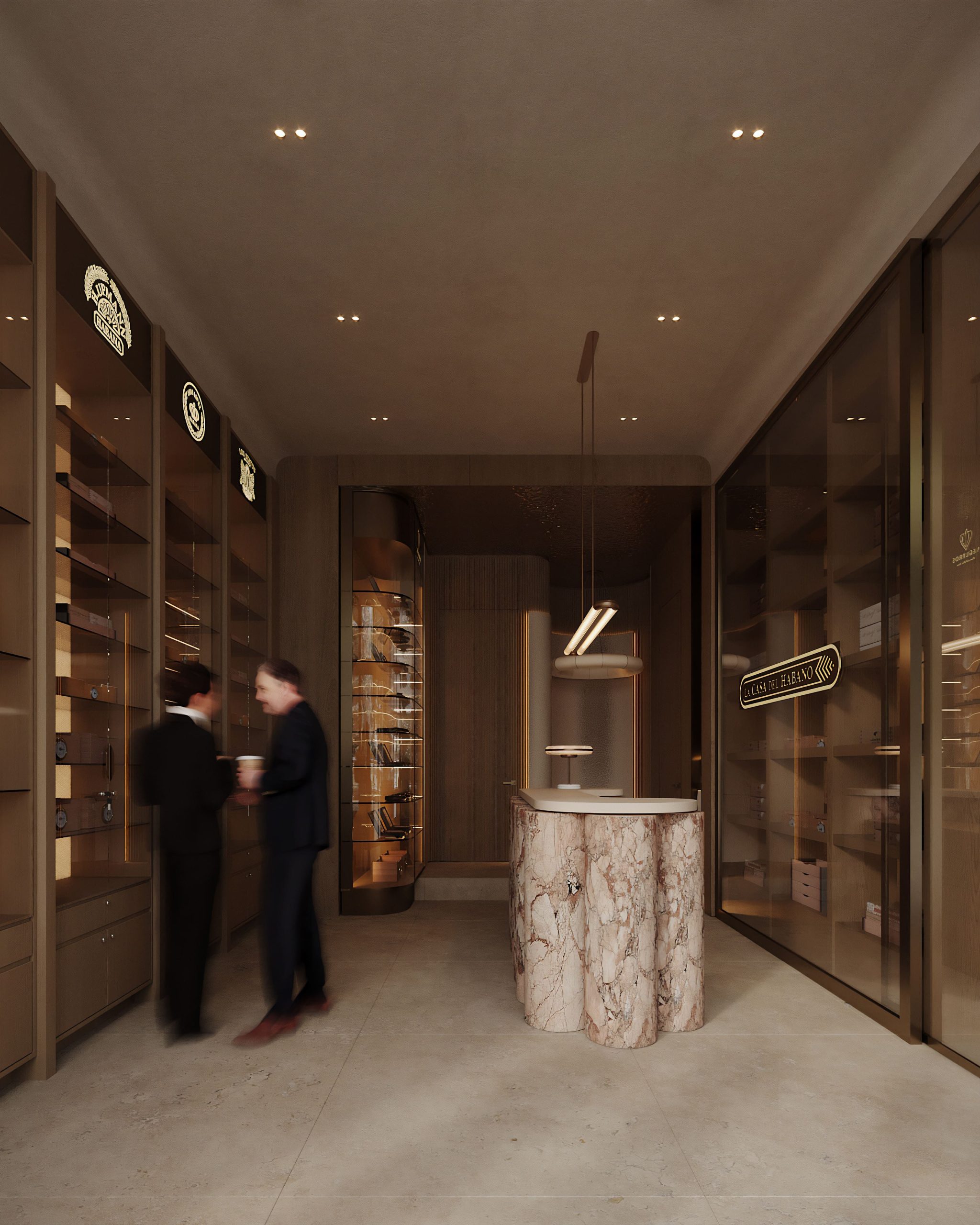
Ergonomics in Residential Spaces
In homes and apartments, ergonomics plays a vital role, as these are the spaces where people spend the majority of their lives. Here are some practical examples of its application:
- Kitchen layout. Ergonomics ensures the optimal placement of the refrigerator, stove, and sink within the "work triangle," minimizing unnecessary movements.
- Bedrooms. The arrangement of the bed, closets, and light sources affects sleep quality and overall health.
- Bathrooms. The height of the sink, shower placement, and presence of handrails are crucial elements of ergonomic design.
- Children's rooms. Furniture and interior elements must match the child's age and ensure safety.
The Importance of Ergonomics on Construction Sites
Ergonomics is essential not only in completed buildings but also throughout the construction process. For construction workers, this means:
- Tools and equipment. Using tools that meet ergonomic standards reduces the risk of injuries and increases productivity.
- Working conditions. Organizing comfortable rest areas and providing protection against adverse weather conditions.
- Process mechanization. Utilizing machinery to minimize physical labor helps reduce strain and improve efficiency.

Technologies and Innovations in Ergonomics
Modern technologies help implement ergonomic solutions on a new level. Among them:
- Smart home systems. Automation of lighting, temperature control, and household appliances enhances convenience and efficiency, saving both time and energy.
- 3D modeling. Allows for designing and optimizing spaces in accordance with ergonomic requirements.
- Biomechanical studies. Using sensors and motion analysis to optimize comfort and enhance overall performance.
The Environmental Aspect of Ergonomics
Ergonomics is closely linked to ecology. Creating comfortable spaces with environmentally friendly materials contributes to both human well-being and environmental preservation. The use of natural materials, energy-efficient lighting and ventilation systems, as well as recycled materials, combines comfort with ecological responsibility. This is particularly relevant for modern construction projects aimed at sustainable development.

Examples of Successful Ergonomic Solutions
Many construction companies are actively incorporating ergonomics into their projects. For example, the introduction of "open office" concepts with zoned workspaces and relaxation areas has significantly increased employee productivity. In residential projects, flexible-layout apartments that adapt to the owners' needs are becoming increasingly popular. Such examples demonstrate how ergonomics is becoming a vital part of successful design.
Conclusion
Ergonomics is not just a buzzword but an essential tool for creating safe, comfortable, and efficient spaces. In the construction industry, it helps design buildings that enhance people's quality of life and work. Our company, with its expertise in ergonomics, is ready to offer solutions that meet the highest standards. We understand that every project is unique and strive to create spaces where comfort and functionality blend seamlessly with aesthetics and innovation.
